How to take root cuttings and fill your garden borders with perennials for free
Colourful flowers? That come back every year? For free? It’s a no-brainer…
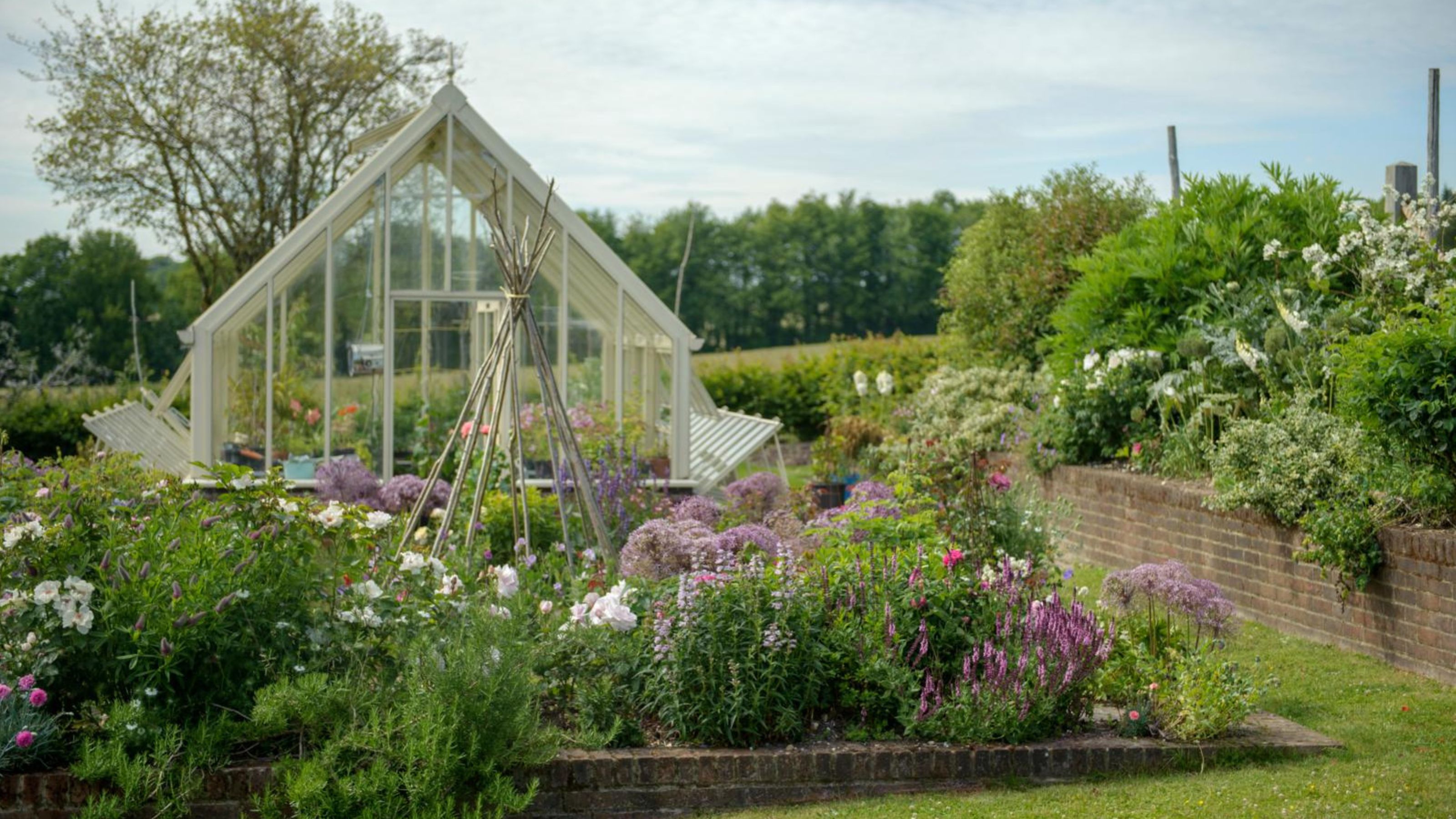

Let's face facts: gardening is expensive. Learning how to take root cuttings, then, is a brilliant way to fill your garden with plants for free – especially as it works best on perennial plants, which tend to bloom brightly and come back year after year.
If you want to fill your flower beds with plants but find yourself hyperventilating over the price tags in your local garden centre, this is one of those budget-friendly garden ideas that will pique your interest.
As it's a job best tackled in the autumn or winter when the plants are dormant, so you'd best be quick; your window of opportunity is closing fast...
'Root cuttings are a great way to propagate herbaceous perennials for more free plants,' says Morris Hankinson, director of Hopes Grove Nurseries.

Morris Hankinson is the founder and managing director of Hopes Grove Nurseries Ltd, the UK’s only specialist grower-retailer of hedging plants. He established the thriving business in 1992, shortly after graduating with a Commercial Horticulture Degree from Writtle College, Essex.
'It’s a very easy process,' he adds, 'so long as the perennial you want to propagate is healthy and has a large clump which you can work with, leaving plenty of the original plant in tact.'
You had us at "very easy", quite frankly. Here's what you need to know...
What you will need
We have good news for anyone who's keen to learn how to take root cuttings, as this is one of those gardening jobs that doesn't require lots of equipment – just a sharp knife or a pair of secateurs like these FELCO 2 Pruning Shears from Amazon.
That being said, you will need to pot your cuttings up. To that end, then, make sure you have the following to hand...
- a good quality cuttings compost, like the Levington Seed Cutting Peat Free Compost from B&Q
- a selection of pots (we rate this professional seed and cutting tray with 40 pots from Crocus)
- a layer of grit or vermiculite, such as the Gro-Sure Vermiculite Pouch from The Range
- a cold frame or greenhouse (or even a sunny windowsill)
Step-by-step guide
If you've already read up on how to take cuttings from Monty Don, you're well on your way to learning how to take root cuttings like a pro.
Before you get too into researching the best plants to grow from cuttings, though, let's dive into our expert guide...
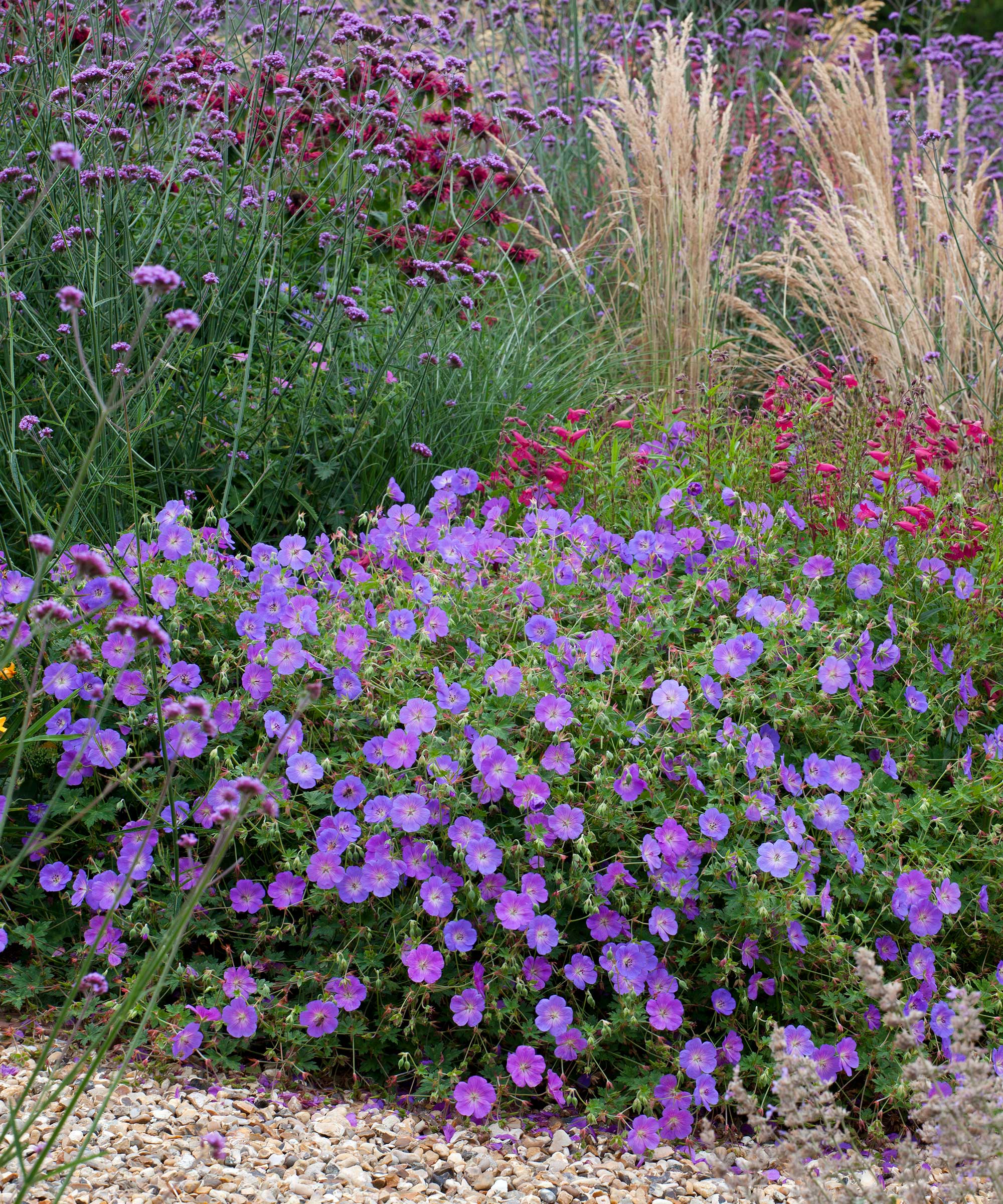
1. Identify the plant you want to propagate
There's more to taking root cuttings than selecting a healthy plant; it also needs to be (ideally) a herbaceous perennial with thick or fleshy roots.
According to the Royal Horticultural Society (RHS), you might like to try this technique on 'Acanthus, Anemone hupehensis, A. x hybrida, Echinops, Papaver orientale (oriental poppy), Phlox, Primula denticulata and Verbascum', to name just a few.
Lilac and passion flowers also respond well to this type of propagation method, they add.
2. Lift your dormant plant
After you've decided which plants to propagate, it's time to lift the dormant plant – a job which you may need a garden fork or spade for.
'Be sure to give the roots a good wash so you can see them well,' says Morris. 'You need to look for young, healthy, pencil thick roots.'
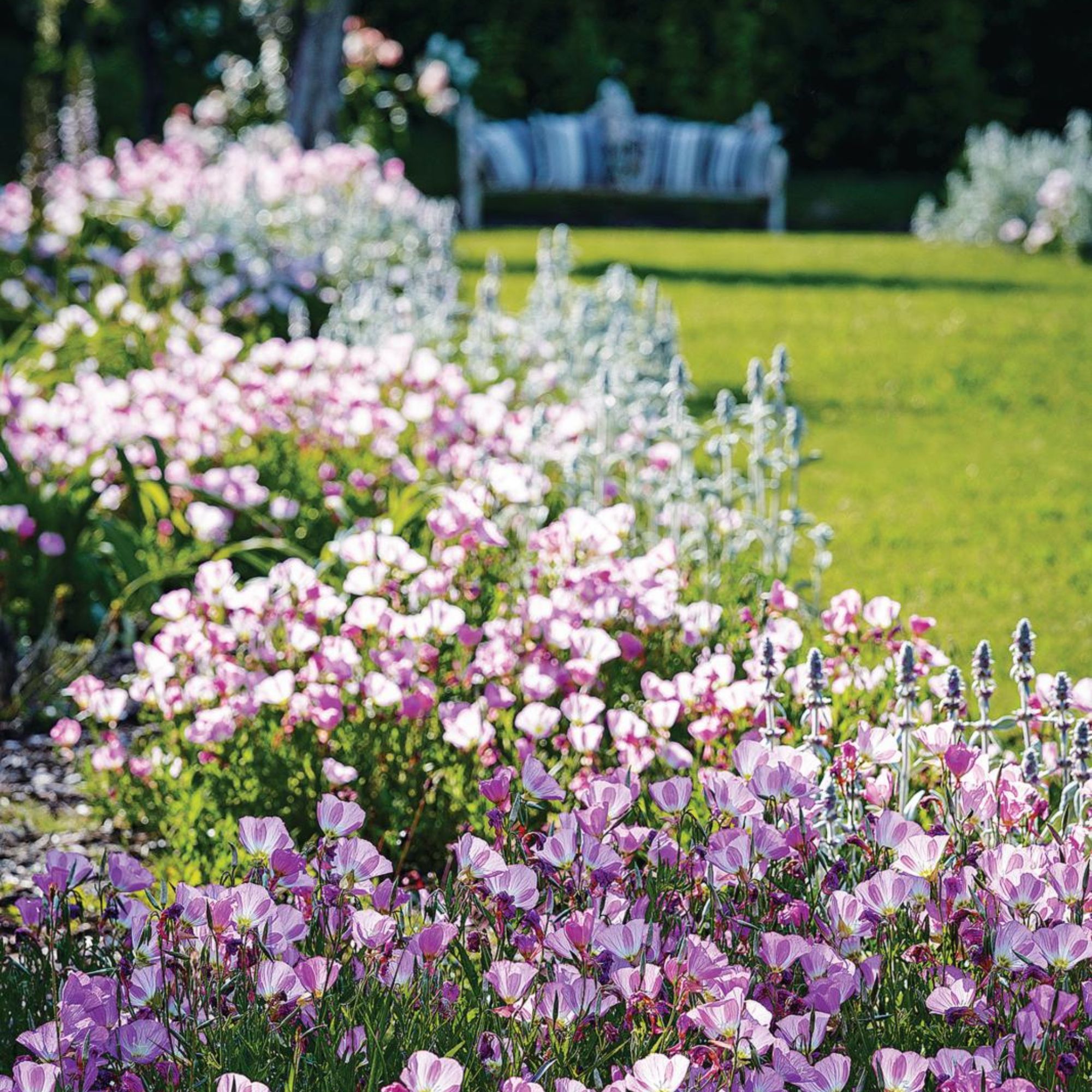
3. Make the cut
And now it's time to make the incision!
'Use a sharp, clean knife or secateurs to cut the roots close to the crown of the plant,' advises Morris.
'It’s important to only remove up to a third of the roots to ensure the plant doesn’t become stressed and continues to grow when you plant it straight back in the ground.'
4. Start snipping
Next, you'll need to snip off the very ends of the roots. 'These will be thinner than the remainder,' notes Morris, who says that you should then 'cut the coots into shorter pieces of up to 10cm long'.
'Each root cutting will need an angled cut at the bottom and a straight cut at the top,' he adds.
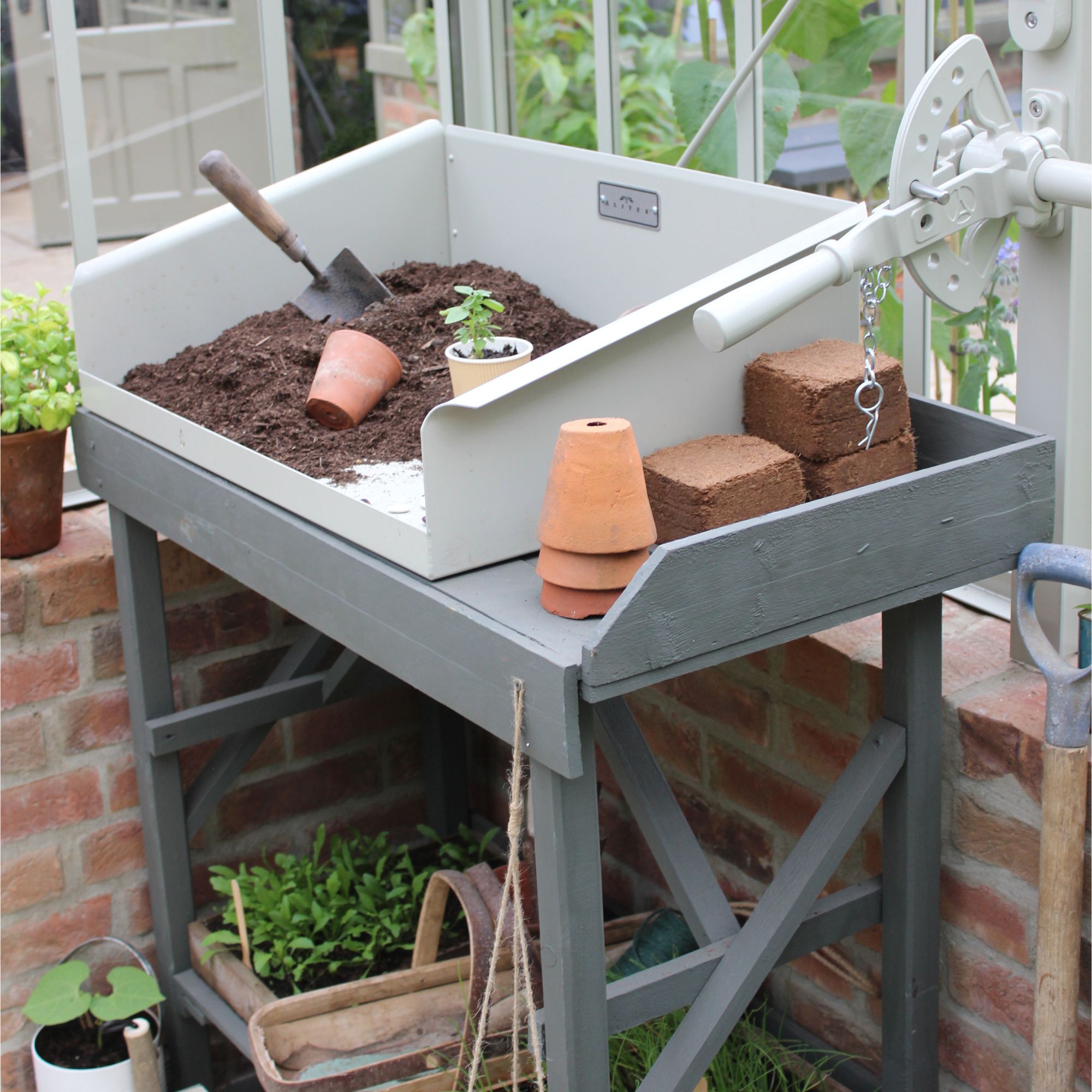
5. Pot them up
After you've made that all-important angled cut, you'll need to pot your root cuttings up.
'You'll want to place the angled end placed downwards into a pot of potting mix, and the straight top very slightly below the compost line,' advises Morris.
'Cover the surface of compost with a light layer of grit or vermiculite, before lightly watering and keeping undercover in a cold frame or greenhouse over winter.'
In springtime, Morris says that you should see some new growth – which marks the moment that the cuttings can be repotted and grown on.
FAQs
What is the best way to take root cuttings?
The best way to take root cuttings begins with selecting healthy, vigorous clumps to propagate (it works particularly well on oriental poppies).
Once you've done this, you'll want to lift your dormant plant to expose the roots, so that you can select the healthiest ones for cutting; they should be a pale brown and around 5mm thick.
After trimming off any fibrous roots, take care to slice the main root into pieces, making sure the upper end has a horizontal cut, and the lower end an angled cut.
Plant the angled cut downwards in cutting compost, pushing it in so the top sits flush with the compost surface. Water it well, pop it in a cold frame, and wait for the magic to happen!
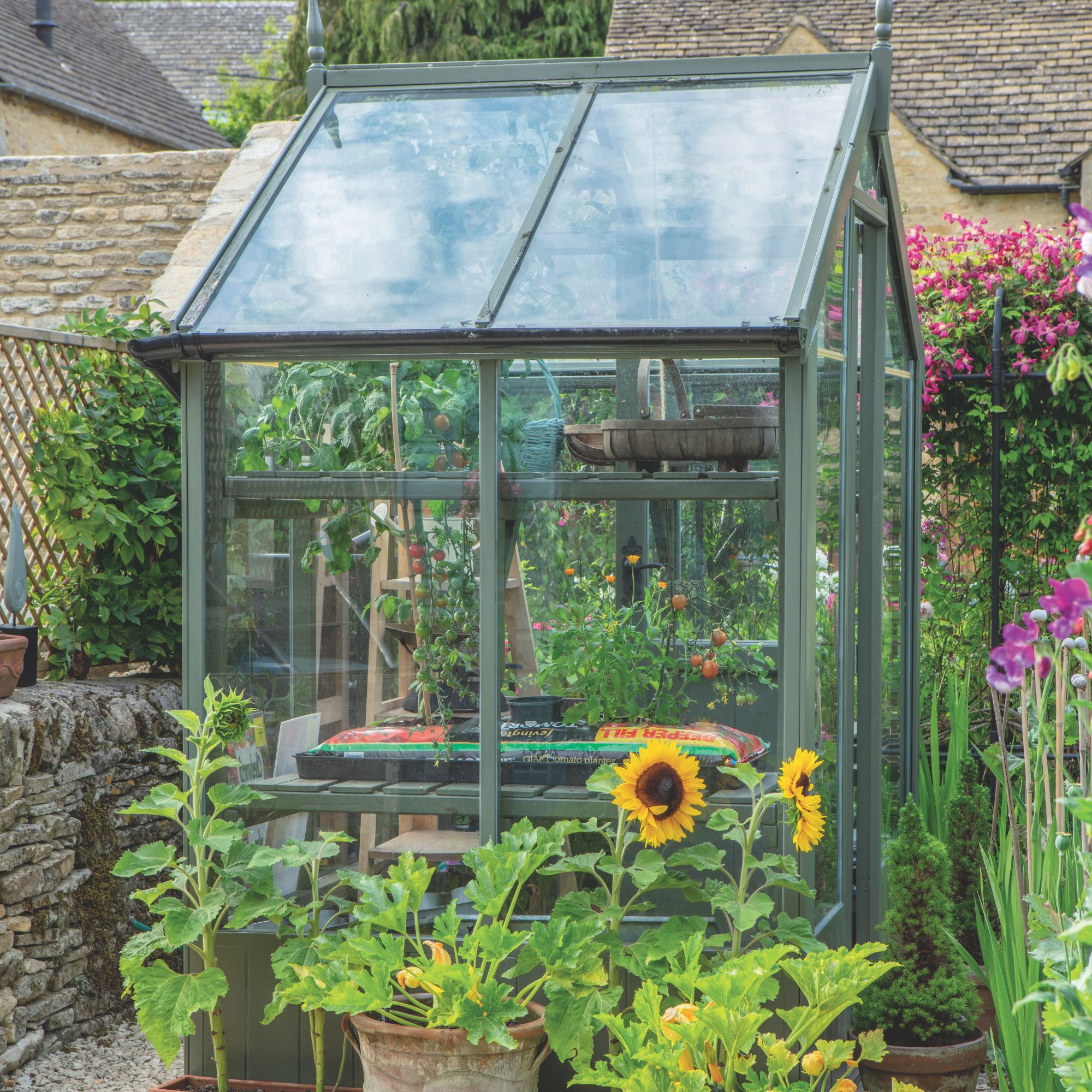
When should root cuttings be taken?
Root cuttings should always be taken when the plant is dormant to prevent it going into shock; aim to do this in the autumn or winter.
And just like that, you know how to take root cuttings. All that's left to do is have fun, then, filling your garden with beautiful blooms for free.
Get the Ideal Home Newsletter
Sign up to our newsletter for style and decor inspiration, house makeovers, project advice and more.

Kayleigh Dray became Ideal Home’s Acting Content Editor in the spring of 2023, and is very excited to get to work. She joins the team after a decade-long career working as a journalist and editor across a number of leading lifestyle brands, both in-house and as a freelancer.
You must confirm your public display name before commenting
Please logout and then login again, you will then be prompted to enter your display name.
-
 5 signs you’ve taken decluttering too far — and how you can pull yourself back, according to organisation experts
5 signs you’ve taken decluttering too far — and how you can pull yourself back, according to organisation expertsYou might have to start resisting the urge to purge
By Lauren Bradbury
-
 What is the Party Wall Act 3m rule and is it something you should be worried about? This is what the experts say
What is the Party Wall Act 3m rule and is it something you should be worried about? This is what the experts sayDon't get caught off-guard by the Party Wall Act 3m rule — our expert guide is a must-read
By Natasha Brinsmead
-
 Shoppers can’t get enough of The Range’s lemon tree, but I’ve found an even cheaper bestseller at B&Q - it’s perfect for a Mediterranean look
Shoppers can’t get enough of The Range’s lemon tree, but I’ve found an even cheaper bestseller at B&Q - it’s perfect for a Mediterranean lookWelcome the summer with this glorious fruit tree
By Kezia Reynolds